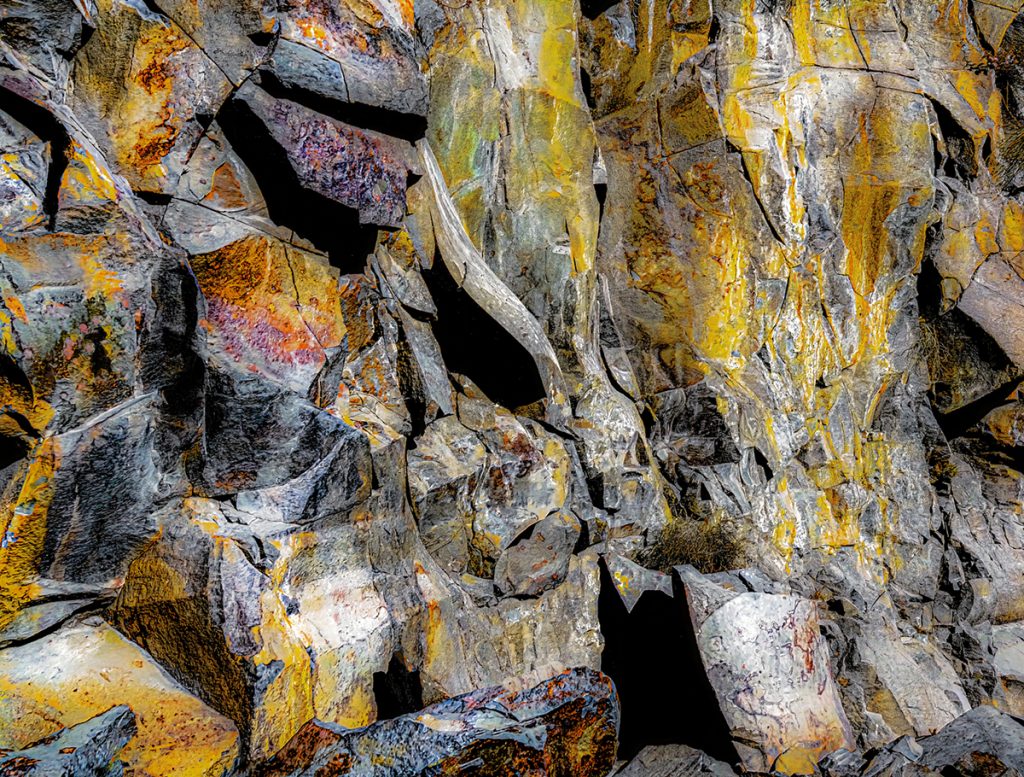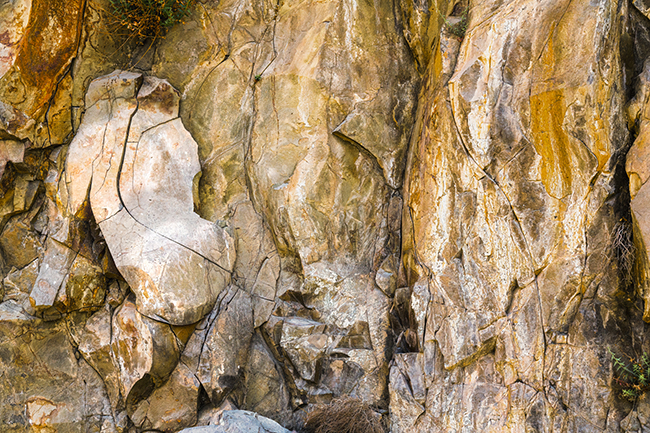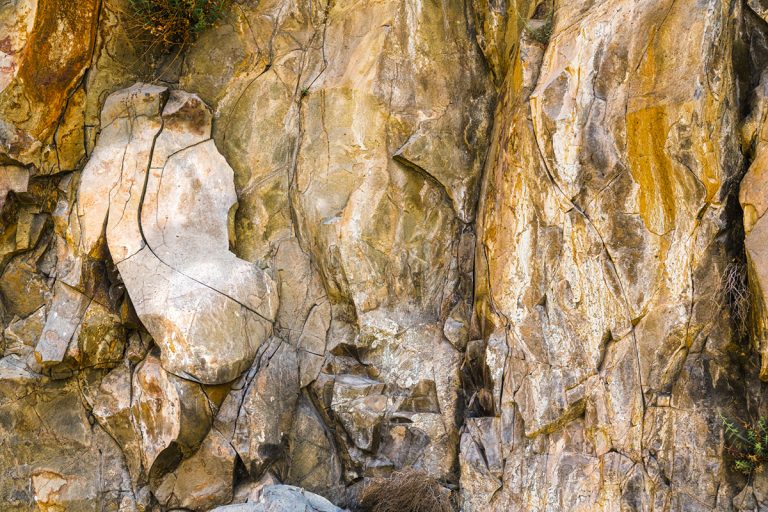Julian Jollon, an American artist, creates from a place where life, myth, and spirit converge. Trained in Fine Arts, Photography, and Painting, his creative path took an unexpected turn—a fifteen-year silence marked by illness and recovery. After receiving a liver transplant and spending years in Hospital Epidemiology, he found his way back to art with a renewed vision. What emerged from that return wasn’t simply a continuation but a transformation. His work became a dialogue between the seen and unseen, between the human and the sacred. Each image he creates carries the sense of someone who has lived through fragility and come out the other side aware that everything we touch, even art itself, is borrowed light—meant to be shared, not kept.
The Red Road and the Gift of Creation
In Thinking Indigenous, Jollon writes:
“The meaning of life is to discover our passions, and once they are discovered and developed, the purpose of life is to give our gift away.”
This principle shapes his entire practice. His art is rooted in the understanding that creation is not ownership but offering. Drawing on Indigenous philosophy, Jollon embraces the “Red Road”—a path of living with balance, honesty, and spiritual generosity. On this path, art becomes ceremony rather than product. It’s how spirit breathes through image and gesture, how the universe speaks through human hands. For Jollon, the artist is not the origin but the conduit. What he creates belongs to the world.
Celestial Stone Gallery

Celestial Stone Gallery is one of Jollon’s most profound visual meditations. The image depicts a rocky, luminous landscape—stones glowing in surreal hues, half dream, half dusk. At first glance, it could be read as a straightforward photograph. Yet the longer one lingers, the more it dissolves into something else—something between a painting, a vision, and a prayer. Jollon describes it as “a gallery where stone meets the stars,” a space where matter and spirit intertwine.
Three guiding ideas flow through the piece.
Art as Transmission – In the Indigenous worldview, ideas are not owned; they move through us. Jollon’s work honors that belief. His camera becomes a vessel, the moment of seeing an act of spiritual exchange rather than capture.
Stone as Speaker – The landscape holds its own voice. Each ridge, hue, and contour tells of time far older than language. The stones whisper, carrying ancestral memory into the present.
Generosity of Spirit – Beauty, to Jollon, is not a possession but a circulation. Art should travel freely, like air or song. The work itself becomes a gift—its purpose fulfilled only when shared.
A poem that accompanies the image distills that philosophy:
This stone does not belong.
It arrived with colors tasted by sky songs,
painted by a spirit who never asked for name.
It is gallery and vision, gift and echo.
Give it away. That is how we remember.
Eternal Whispers

In Eternal Whispers, Jollon turns again toward nature and spirit, merging human form with the contours of the earth. A woman and a horse appear to emerge from rock, their outlines shifting in and out of visibility. Light brushes across them like breath, animating stone into flesh. The scene is tranquil yet alive, pulsing with quiet connection.
This work embraces contrast: the organic and the geometric, the soft and the solid, the human and the elemental. It becomes less about representation and more about relationship—the space between things, where trust and spirit reside. Jollon’s vision is that of ancient companionship: beings long bound together through time, still listening to one another.
A poem echoes this communion:
Hands on warm cliff, she hears them—low language of quartz and vein,
old breath folded into mineral, syllables of river-time.
A face steps out of fractured light; a humming, patient company,
stones remembering names the wind forgot.
Her pony stands rooted between hoof and horizon,
mane threaded with cedar and moon-salt, eyes like riverbed glass.
It lifts a hoof and the rock answers, a drumbeat underfoot,
ancestors folding into gait, sending stories up through the soles.
They move as one: woman, horse, and the slow congregation of stone,
a cartography of touch that redraws the world.
The poem reads like a chant—a bridge between landscape and consciousness.
Art as Ceremony
Julian Jollon’s art is not performance but participation. It invites those who encounter it to join in a sacred exchange: to see, to feel, to remember, and to let go. His work embodies gratitude rather than possession, connection instead of separation. Whether he works with image, paint, or word, the message remains constant—creation exists to be offered.
On the Red Road, as Jollon teaches, art is never something to own. It’s a gift to be given.

